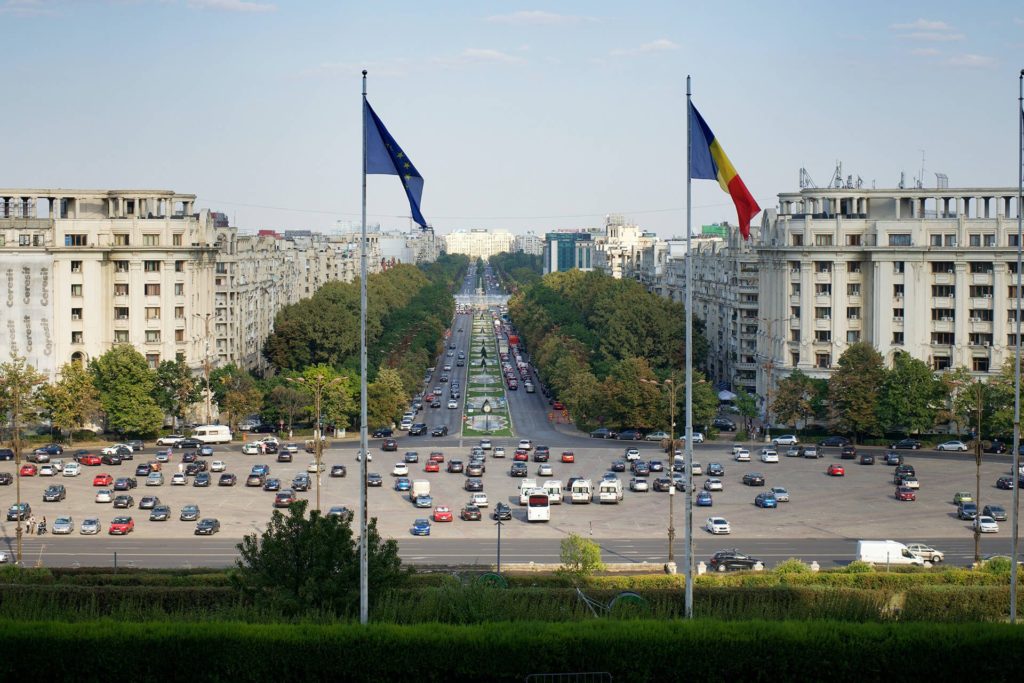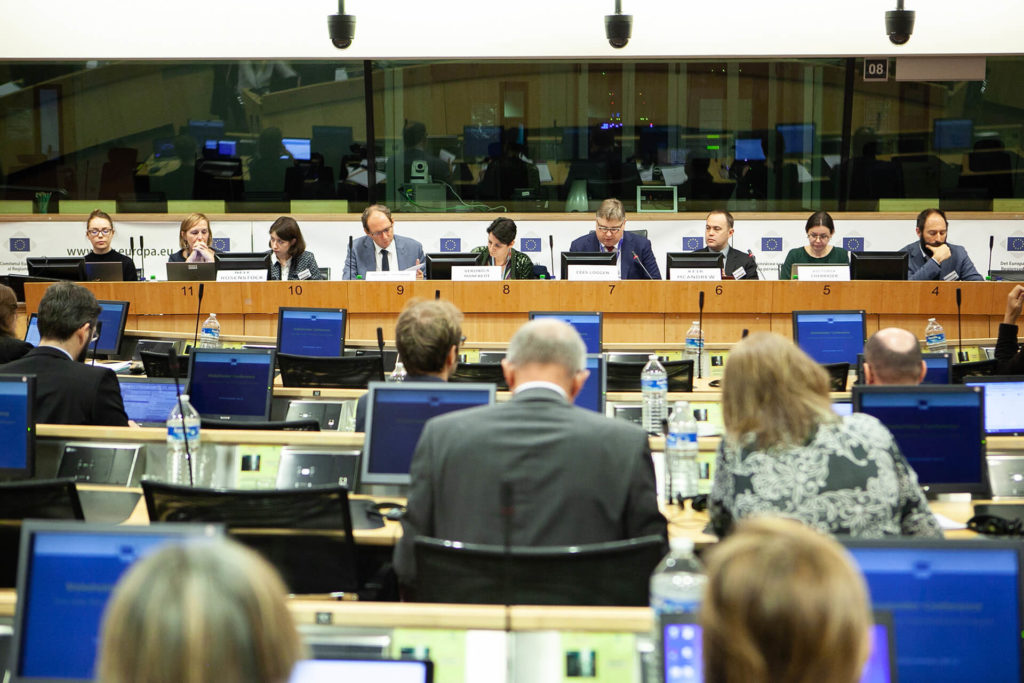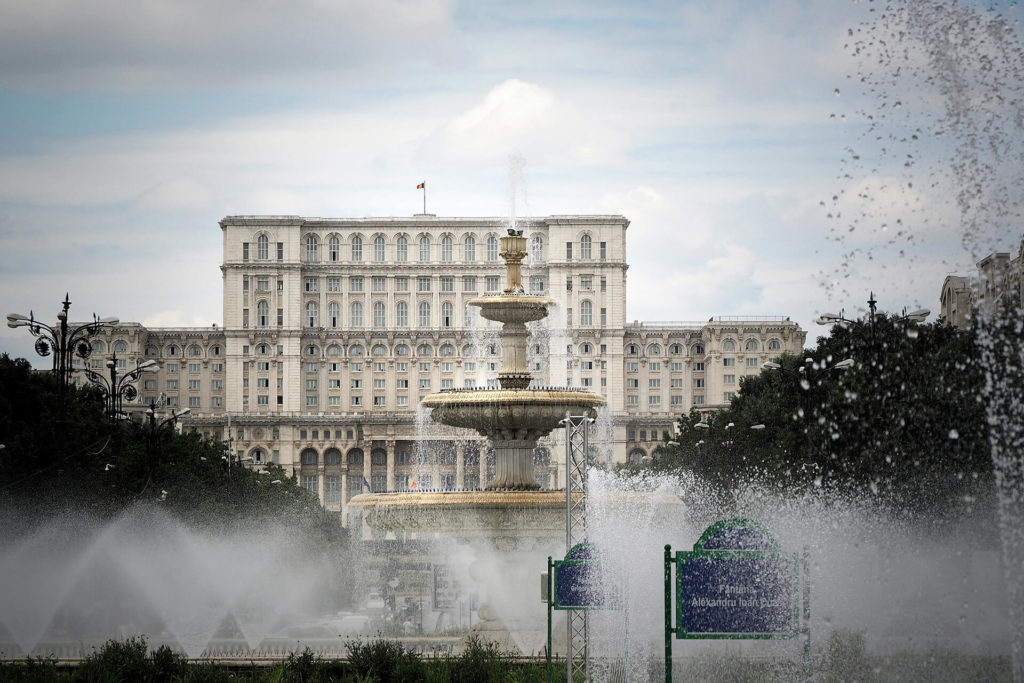The European Commission has given Romania the green light on over 28 billion euros in grants and loans through its national resilience plan, but the country has a large gap to close to meet EU water supply and sanitation standards.
Since joining the European Union back in 2007, Romania has made significant progress towards a modern economy. Most recent estimations by the European Commission show its GDP per capita has grown from around €2,000 in 2007 to €11,860 in 2021.
Yet, despite having attracted significant foreign direct investments (FDI) and billions in EU funding, Romania’s public infrastructure remains underdeveloped and in need of further major investment.
The country has also been lagging behind in terms of compliance with the Urban Waste Water Treatment Directive (UWWTD) compared to its European peers, meaning it is crucial for authorities to improve water and sanitation access in rural areas. One reason for this has been that regional operators face barriers when it comes to absorbing investments and implementing projects in the sector.
Closely linked to these primary challenges are issues around the water and sanitation reform process in the country and affordability and efficiency. Finally, the impacts of climate change as well as the maintenance backlog of aging existing infrastructure compounds the water sector’s difficulties.

Prioritising effective investments
With a population of nearly 18 million, European Commission data show that in terms of drinking water, a staggering 57% of Romanians were not connected to the public water supply in 2019. Romania’s estimated annual average expenditure per capita on water supply and sanitation was €56 between 2011 and 2015, according to Eurostat estimations – around a quarter of the average expenditure per capita in Belgium.
Although progress has been made in recent years, Romania still ranks last in the EU for sanitation access with most rural households having no access despite EU money being made available for sanitation and clean water networks.
Although the local authorities are aware of the poor state of the water and sanitation infrastructure, the water supply and sanitation upgrades required to achieve European Union standards might be too expensive. There are also doubts about the country’s ability to afford the maintenance costs of such a complex system, according to a World Bank’s Beyond the Gap report, which argues that affordability matters. The EU–subsidized upgrade to bring Romania’s water and sanitation systems in line with EU standards will cost the equivalent of 16% of GDP
By exploring thousands of scenarios, the World Bank report finds that new infrastructure could cost low- and middle-income countries (LMICs), a category where Romania is included, anywhere between 2-to-8% of GDP per year by 2030, depending on the quality and quantity of service targeted and the spending efficiency achieved in reaching this goal.

The most recent estimations of the European Commission say that Romania will post an economic growth of 7% this year, reaching €235 billion. This means that it should invest between €4.7 billion and €18.8 billion in the coming years to improve its water and sanitation infrastructure – yet even these numbers could be misleading.
“Investing in infrastructure is not enough; maintaining it matters. Improving services requires much more than capital expenditure. Ensuring a steady flow of resources for operations and maintenance is a necessary condition for success,” the World Bank report states. In addition, good maintenance also generates substantial savings, reducing the total life-cycle cost of transport and water and sanitation infrastructure by more than 50%.
Local authorities have said that Romania should double or increase threefold its capacity to invest in water and sanitation as well as in monitoring the quality of the drinking water. Yet, this is a big logistic, financial, economic and administrative challenge. For that to happen there is a need for significant and effective reforms in order to create a more favorable environment for further investments, to accelerate the absorption of European funds and to manage the infringement risk.
Investment in infrastructure is not enough; maintaining it matters.
Financial opportunities on the horizon
Despite the fact that the situation is far from ideal and out of line with the EU water and sanitation standards, there is also good news coming from the European Commission.
In May 2021, Romania submitted its official recovery and resilience plan (PNRR) which sets out the reforms and public investment projects that it plans to implement with the support of the EU’s Recovery and Resilience Facility (RRF) – a temporary recovery instrument aiming to mitigate the economic and social impact of the coronavirus pandemic and to make European economies and societies more sustainable. Romania has requested €14.3 billion in grants and €15 billion in loans under the RRF and it plans to use the money in six areas of what it calls the ‘green transition’ pillar: (i) digital transformation, (ii) smart growth, (iii) social cohesion, (iv) territorial cohesion, (v) health and resilience, and (vi) policies for the next generation.
Future upgrades to its water and sanitation system are included in the ‘green transition’ pillar of PNRR. The Romanian Government plans to use the money coming from the European Commission via the PNRR to implement a specific program for building new water supply and sanitation systems following an investment of €1.88 billion. As a result, some 80,000 rural households will gain access to drinking water and sanitation. In 2019, around 6% of Romania’s population were living in communities with less than 2,000 inhabitants, representing a million people not connected to the sanitation system.

Towards sustainable water management
According to a document of the Organisation for Economic Cooperation and Development (OECD) released back in 2019, in order for Romania to close the financial gap and manage the transition towards sustainable water management, it needs to focus on projects and reforms that deliver actual progress towards compliance and benefit to communities on the ground. Such projects don’t need to be grandiose or operate on a large scale, but demonstrate the capacity to make valuable use of available finance, and garner support for further action.
Developing a mid- and long-term sustainable financing strategy in cooperation with national and local authorities in order to comply with the existing Urban Waste Water Treatment Directive is one of the OECD recommendations for Romania.
Prioritization of investment in terms of policy objectives as well as geographic areas and environmental protection is another important aspect that the Romanian authorities must consider. Romania should invest first in projects that trigger tangible benefits for com – munities on the ground now and deliver on compliance with EU regulations. In addition, investment planning should factor in demographic trends, including depopulation of rural areas and smaller towns to avoid over-investment in out – sized infrastructure that will be costly to operate and maintain in the future.
Romania should also establish targeted social measures to address affordability constraints and solidarity mechanisms to help cover investment costs in com – munities where financing capacities are especially limited for water and sanitation systems. For that to happen, Romania could examine models used in other countries such as Spain, Portugal, France, or Greece, with options including rebates or targeted subsidies for connection to public networks. Especially in rural areas, affordability issues are likely larger than those captured in official statistics, as a large portion of the most vulnerable people do not have access to piped drinking water, and even less have access to waste water services. Affordability is – sues discourage many households from connecting to newly installed water or waste water networks. In such a context, decentralized technology – eventually publicly operated – may be appropriate, if performance and compliance are duly monitored and enforced.
Only strong cooperation between the local authorities and all the players involved and interested in improving the water and sanitation infrastructure could lead to significant progress in this sector. The Romanian state must make effective investments based on the actual needs of the local communities where there is a lack of access to safe drinking water and sanitation.